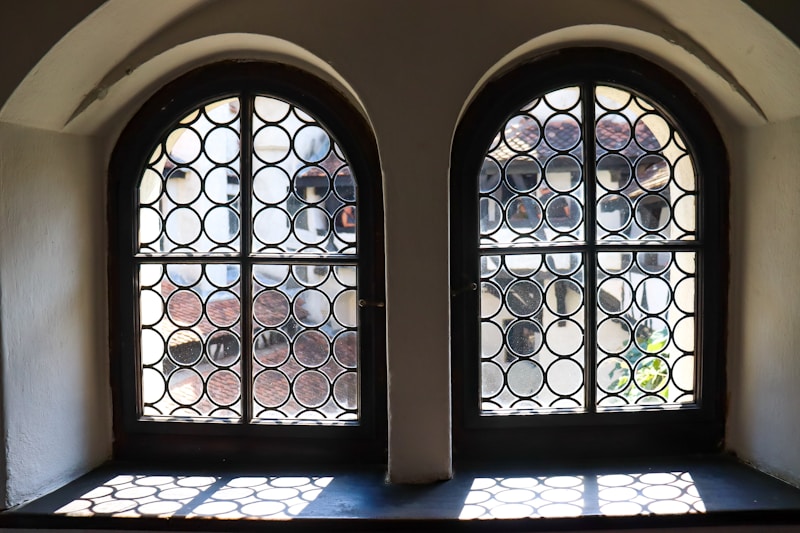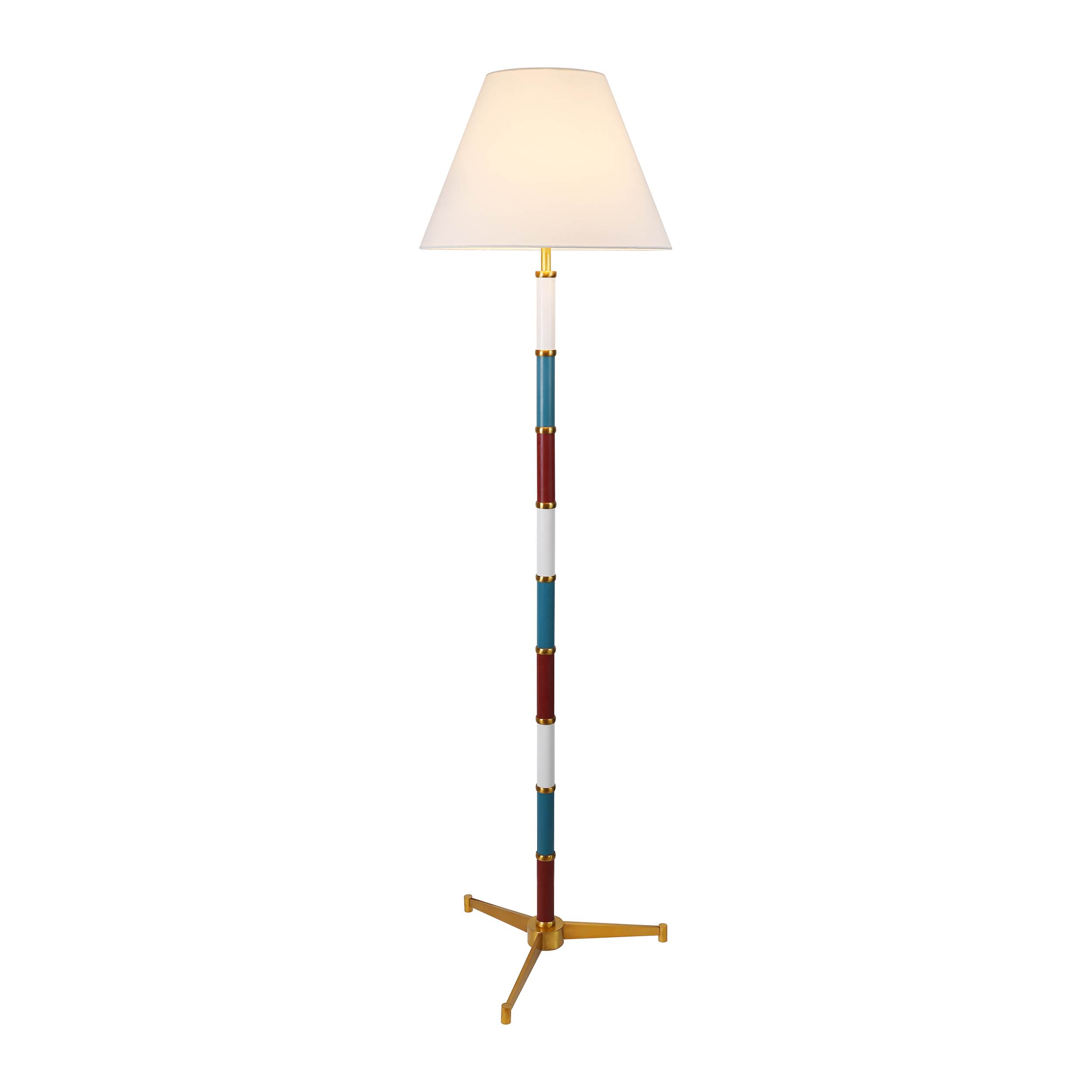The Role of Light in Medieval Castle Architecture
The Role of Light in Medieval Castle Architecture
Medieval castles, often seen as fortifications and symbols of power, played a significant role in shaping the architecture of the Middle Ages. One of the most intriguing aspects of these castles is the role that light played in their design and functionality. In this article, we will explore the multifaceted role of light in medieval castle architecture, including its effects on aesthetic appeal, defense mechanisms, and the daily lives of those who inhabited them. We will also delve into common questions surrounding this topic, such as how light influenced the social hierarchy within the castle and the challenges faced by architects during this period.
Understanding the Importance of Light
In any architectural design, light is a vital element. It not only illuminates spaces but also creates atmospheres and affects the perception of scale, structure, and beauty. In medieval castles, light had various roles:
- Aesthetic Appeal: Light enhanced the grandeur and symbolic nature of castles, emphasizing their importance in medieval society.
- Functional Utility: Proper lighting was crucial for the daily activities of residents, affecting everything from cooking to celebrations.
- Security Measures: The strategic placement of windows played a part in the defensive capabilities of a castle.
The Architectural Design of Windows
Windows in medieval castles varied considerably in size and design, influenced by technological advances and defensive needs. Here’s a breakdown of key window styles and their impacts:
| Window Type | Features | Role of Light |
| Arrow Slits | Narrow vertical openings | Provide light while allowing for defensive archery |
| Romanesque Windows | Round arches with thick stone frames | Let in minimal light but provided stability |
| Gothic Windows | Large stained glass, pointed arches | Flooded interiors with colored light, creating a spiritual atmosphere |
Arrow Slits in Defense
Widely recognized for their military function, arrow slits allowed archers to defend the castle while minimizing exposure to the enemy. These narrow openings limited the amount of light entering the castle, creating dim spaces that often felt cold and unwelcoming. However, they also played a crucial role in security, allowing for defense strategies while still providing some visibility for archers on duty.
Romantic Beauty of Romanesque Windows
Romanesque architecture emphasized solidity and stability. While Romanesque windows were relatively small, their thick frames often featured intricate carvings. This small amount of light resulted in dimly lit interiors that emphasized the heaviness of the castle’s stone structure. The atmosphere created by these windows was significant in the context of the era's functional design.
Gothic Windows and Spiritual Light
The introduction of large stained glass windows in the Gothic period was revolutionary. These windows allowed for ample natural light to flood the interiors, creating colorful and inspiring atmospheres, especially in chapels or great halls where noble families would gather. The use of light became symbolic and spiritual, often representing divine illumination. This style was a stark contrast to the previous eras, focusing on height and light as tools to inspire awe and devotion.

Light and Social Hierarchy
The design of light within castles often reflected the social hierarchy. Larger, more elaborate windows were typically reserved for the living quarters of nobility, while servants and soldiers were relegated to darker, cramped spaces. This division had practical implications, as the presence of natural light was often correlated with status and comfort during a time when candlelight was the primary other source of illumination.
Functionality in Daily Life
Light within a castle impacted everyday activities significantly. The presence of natural sunlight made essential tasks such as cooking, reading, and social gatherings more manageable. Castles often had courtyards that served as communal areas, where natural light played a vital role. The medieval diet relied heavily on sunlight for gardening, making light essential for sustenance as much as luxury.
Challenges in Castle Architecture
Architects of the medieval period faced various challenges when integrating light into castle design:
- Defensive Strategies: Finding a balance between defensive needs and light access was a continual challenge.
- Technological Limitations: The materials and techniques available often limited the designs that could allow for more substantial light access.
- Weather Considerations: Ensuring that windows were fortified against elements while still allowing for light posed significant difficulties.
Light as a Tool for Psychological Warfare
Interestingly, the way light was utilized in castle architecture also had psychological implications. Well-lit, grand halls provided a sense of power and awe, designed to impress visitors and instill a sense of fear in enemies. Castles that appeared bright and welcoming on the outside could, paradoxically, hide their true defenses and military capabilities.
Conclusion: Embracing the Duality of Light
In summation, the role of light in medieval castle architecture is a fascinating subject that intertwines art, functionality, and social dynamics. From arrow slits designed for defense to grand Gothic windows that let colorful light flood in, natural light played a pivotal role in shaping the experiences of those who lived within castle walls. Understanding how light influenced various aspects of castle life reveals the complexities of medieval society.
When exploring medieval castles, it's essential to consider the architectural choices made regarding light, as these decisions profoundly impacted the functionality, beauty, and atmosphere of the time. Future visitors should reflect on these elements during their explorations and appreciate both the aesthetic and practical applications of light in these unforgettable structures.
Ultimately, the study of light in castle architecture serves as a reminder of how design can influence human experience—an enduring lesson that transcends time and place.
